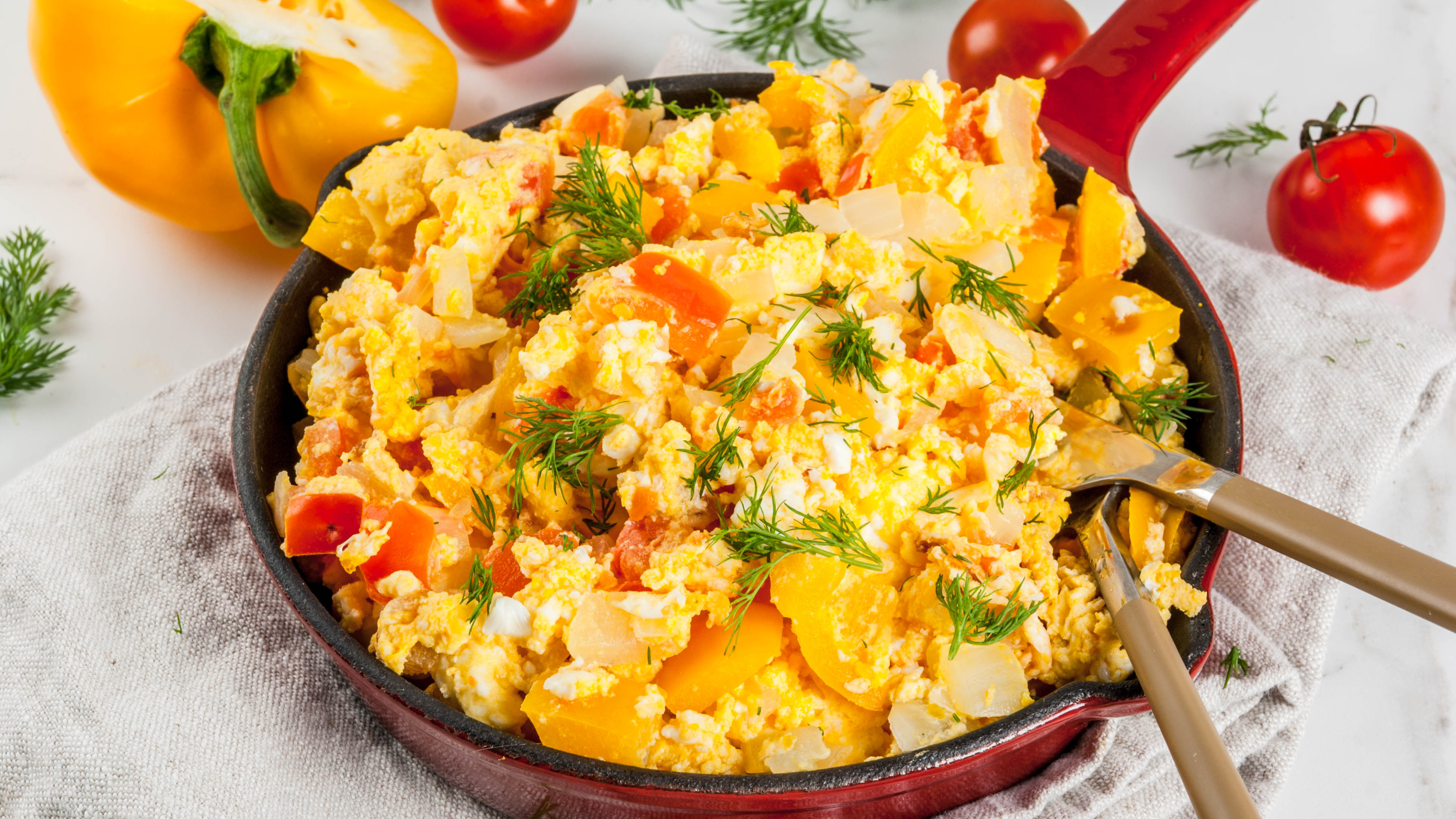The humble scrambled egg: a breakfast staple, a versatile ingredient, and a dish that can be both comforting and surprisingly complex. While seemingly simple, achieving perfect scrambled eggs requires understanding technique, temperature, and the delicate balance between cooked and runny. This guide delves into the world of classic scrambled eggs, exploring their history, variations, and the secrets to achieving that ideal plate.
Table of Contents
A History of Scrambled Eggs: From Ancient Rome to the Modern Kitchen-breakfast
The origins of scrambled eggs are lost to time, but their existence stretches back millennia. Evidence suggests Romans enjoyed a dish called “ova spongia,” which translates to “sponge eggs” and is believed to be a close relative of scrambled eggs [1]. References to scrambled-like eggs also appear in ancient Greek and Persian texts, highlighting their ubiquity across various cultures [2, 3].
Over the centuries, scrambled eggs evolved alongside culinary techniques. Medieval cookbooks offered recipes for “eggs with greaves” – scrambled eggs cooked in rendered animal fat – while the Renaissance saw the introduction of more luxurious ingredients like butter and cream [4, 5].
The 19th century marked a turning point for scrambled eggs. The invention of the whisk, along with the growing popularity of breakfast as a distinct meal, solidified scrambled eggs as a breakfast staple across Europe and America [6]. Today, scrambled eggs remain a breakfast favorite, enjoyed worldwide in countless variations.
The Science Behind Perfect Scrambled Eggs: Understanding Proteins and Coagulation
Eggs are a fascinating emulsion of protein, fat, water, vitamins, and minerals. The key to achieving perfect scrambled eggs lies in understanding how these components react to heat.
Egg whites contain a protein called albumin, which starts to solidify at around 140°F (60°C). As the temperature increases, the albumin molecules unfold and link together, forming a gel-like structure that traps the egg white’s water. This process is called coagulation.
Egg yolks, on the other hand, contain a different protein called livetin, which coagulates at a higher temperature (around 150°F or 66°C). This difference in temperature is what allows us to create soft, custardy scrambled eggs with runny yolks.
Mastering the Technique: A Step-by-Step Guide to Classic Scrambled Eggs
Now that we understand the science behind scrambled eggs, let’s delve into the practical steps for achieving breakfast perfection.

Ingredients:
- 2 large eggs
- 1 tablespoon unsalted butter
- Salt and freshly ground black pepper to taste
- Optional: 1 tablespoon milk or cream (for a creamier texture)
Equipment:
- Medium bowl
- Whisk
- Non-stick skillet
- Rubber spatula
Instructions:
- Crack the eggs into a bowl and whisk them together. Aim for a smooth consistency with no streaks of unbroken yolk. Avoid over-whisking, as this can incorporate too much air, leading to tough and rubbery eggs.
- Add a splash of milk or cream (optional). This step is not essential but can contribute to a creamier texture. Opt for whole milk or cream for added richness.
- Season with salt and pepper. A pinch of salt enhances the flavor of the eggs, while pepper adds a touch of warmth.
- Heat the butter in a non-stick skillet over medium-low heat. Don’t let the butter brown; you want it to melt and coat the bottom of the pan.
- Pour the egg mixture into the pan. Let it sit for a few seconds undisturbed. As the edges begin to set, gently nudge the cooked eggs towards the center of the pan with your rubber spatula.
- Fold and scramble the eggs. Use your spatula to slowly fold the cooked portions towards the center, allowing the runny liquid egg to reach the hot pan bottom. Repeat this folding motion frequently to create soft curds.
- Cook until desired doneness. For soft, custardy scrambled eggs, remove from heat when the eggs are still slightly wet and appear to have just a hint of shine. They will continue to cook slightly off the heat. If you prefer firmer eggs, continue cooking for a few seconds longer.
- Serve immediately. Scrambled eggs are best enjoyed hot, directly from the pan.

How To Make Perfect Scrambled Eggs – 3 ways
Tips for Success:
- Use room temperature eggs. Cold eggs take longer to cook and can result in unevenly cooked scrambled eggs. Take your eggs out of the refrigerator 15-30 minutes before cooking.
- Don’t overcook your eggs. Overcooked scrambled eggs become dry and rubbery. Aim for a slight jiggle when you shake the pan.
- Low and slow is the way to go. Use medium-low heat to ensure even cooking and prevent the eggs from browning.
Easy Food : Bacon Exploring the Delicious World of Bacon and Egg Don
You may like this
Sizzling Summer Seafood: Mouthwatering Recipes to Make Your Summer Shine
Korean Food: Unveiling the Depths of Beans and Greens Stew with Doenjang
